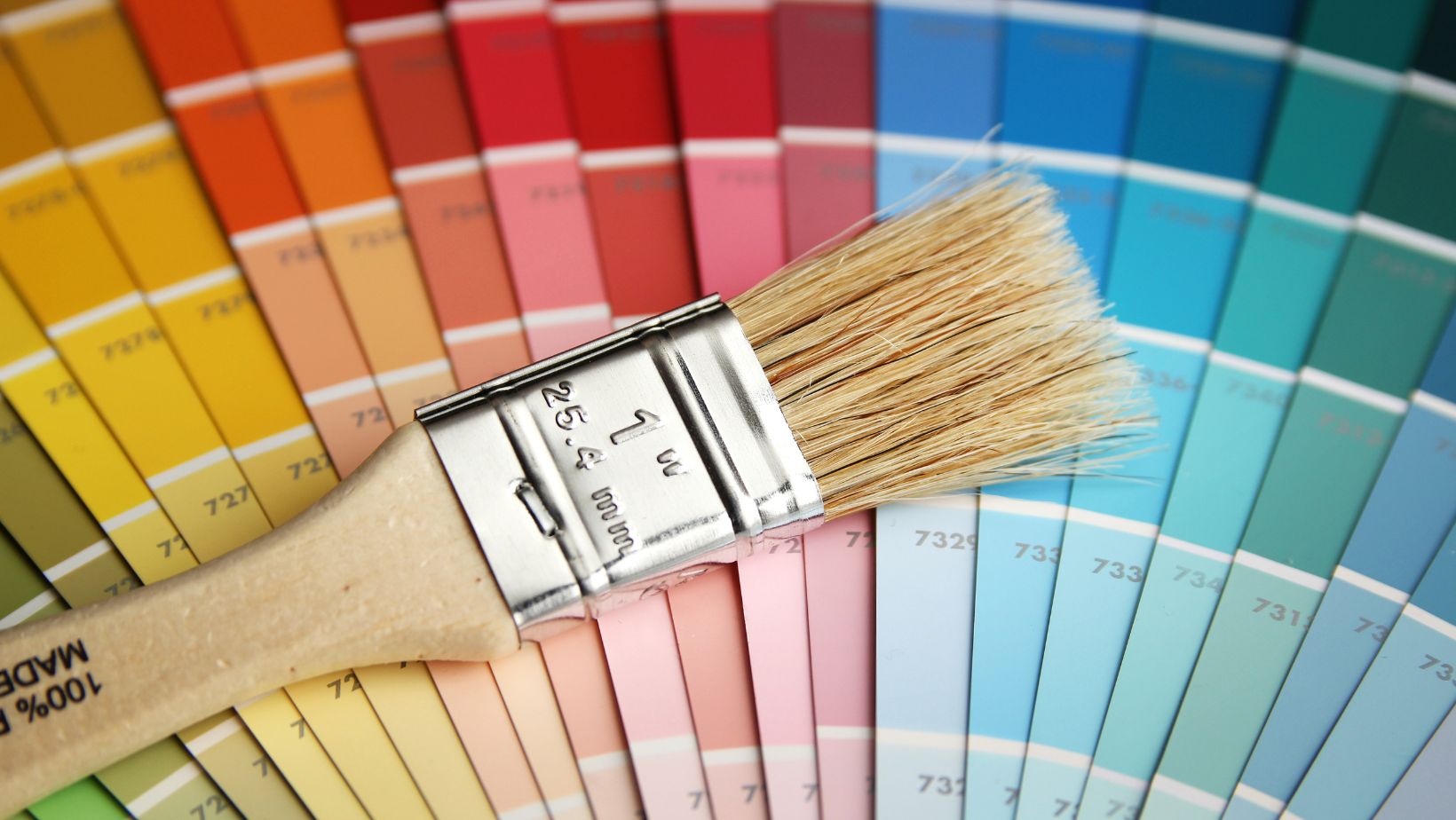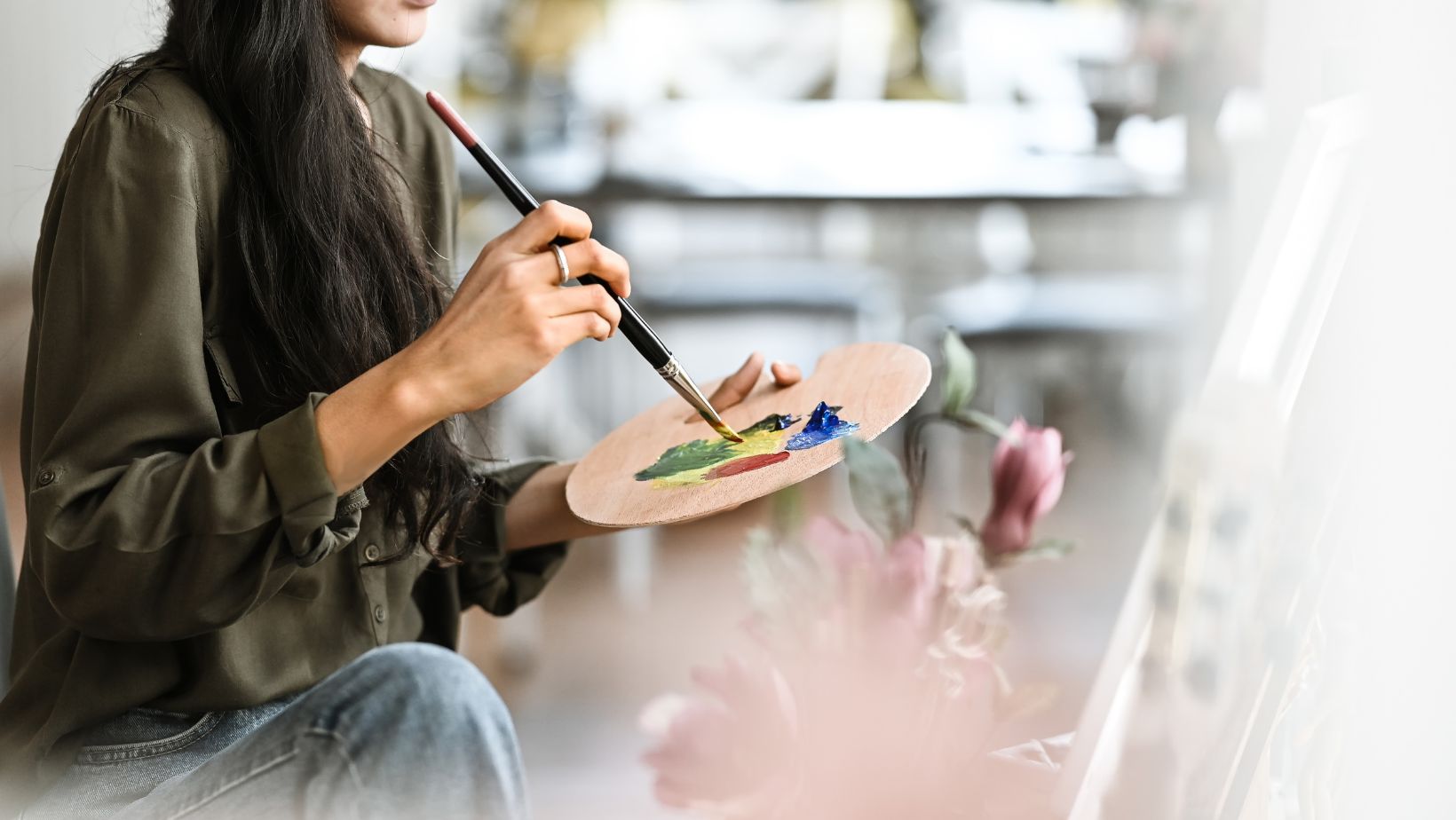
When it comes to designing and decorating your home, choosing the right color palette for each room is one of the most crucial decisions you’ll make, as colors have a profound impact on our mood, perception, and the overall ambiance of a space, transforming it from dull and uninspiring to vibrant and inviting.
Both interior designers and painters recognize the significance of selecting the perfect shades to achieve the desired look and feel. Below, you’ll find a quick guide to assist you in selecting the right color palette for each room.
Step 1: The Psychology Of Color
Colors aren’t just pretty pigments on the wall; they wield tremendous influence over emotions and room ambiance.
Take, for instance, cool and calming shades like blues and greens. They excel at creating a serene and tranquil atmosphere, making them a superb choice for spaces where relaxation is paramount, such as your bedroom.
On the flip side, warm hues like fiery reds and sunny yellows radiate energy and warmth, making them ideal for vibrant areas like a bustling kitchen or cozy dining room.
By delving into color psychology, you can select the perfect shades that align with your room’s purpose, ensuring that the environment resonates with the intended emotions and feelings.
Step 2: Natural Light And Room Size
Picture this: your room bathed in glorious natural light. It’s like a breath of fresh air! But how does this play with color?
Well, it turns out, it’s a game-changer in interior design. If you’re working with a snug, little space, lighter colors can work their magic by creating an optical illusion of space, making that small room feel open and inviting.
But, if you’re fortunate enough to have a spacious chamber, darker tones step in, adding a sense of coziness and intimacy to those grander spaces.
To nail this, assess the natural light your room receives and its size, seeking the guidance of interior designers or painters Waverley if needed, so you can select colors that harmonize with your room’s unique characteristics.
Step 3: Cohesion And Flow
Ever strolled through a house where every room feels like a surprise from the last? That’s not exactly the harmonious flow you’re aiming for. Achieving cohesion between rooms is vital for creating a delightful living environment.
Think of it as crafting a beautiful symphony of colors throughout your home. You wouldn’t want a jarring note, right? That’s why it’s crucial to choose colors that transition seamlessly from one room to another. This harmonious continuity fosters unity and balance in your living space.
By choosing colors that complement each other, you ensure that your interior design radiates a coherent and aesthetically pleasing look, turning your home into a true masterpiece.
Step 4: Functionality And Mood
Each room in your home serves a distinct purpose and sets a unique vibe. Therefore, it’s essential to pick colors that align with these functions and moods.
Imagine a calming and soothing palette in your bedroom, setting the stage for a serene oasis that promotes relaxation and restful sleep.

Now, fast forward to your kitchen—a place buzzing with activity. Here, vibrant and stimulating colors come to life, encouraging energy and sociability.
Understanding what each room is meant for and the emotions you want to evoke will be your guiding compass in selecting the perfect color schemes.
Step 5: Accent Walls And Accents
Let’s discuss adding a dash of personality and depth to your space. It’s all about those accent walls and accent colors. They’re like the sprinkle of icing on your interior design cake!
When used wisely, they elevate the visual appeal of a room without taking over the show. Imagine using carefully chosen accent colors to highlight architectural features or create focal points within a space.
It’s like adding a layer of sophistication and style to your interior, making it uniquely yours. So, mastering the art of incorporating accent walls and accents is key to transforming your room from ordinary to extraordinary.
Step 6: Testing Paint Samples
Before you fully commit to a color, here’s a pro-tip: don’t skip the paint sample phase! Different lighting conditions can do some serious color shape-shifting.
What looked like the perfect shade under your living room’s natural daylight may not quite hold up under the evening’s artificial lighting. So, grab those paint samples, slap them on your walls, and observe how they morph in various lighting situations.
This way, you’ll confidently choose a color that maintains its desired appearance, whether it’s the crack of dawn or the dead of night.
Step 7: Finishing Touches
As you conclude your colorful journey, don’t overlook the finishing touches! While picking the main wall color is like choosing the star of the show, the trim, ceilings, and door frames play crucial supporting roles.

They’re like the unsung heroes of your interior design. Selecting complementary or contrasting colors for these finishing elements can amplify your room’s character and tie the entire design together. It’s these subtle details that can transform your interior design from ordinary to exceptional.
So, when you’re putting the final brushstrokes on your color palette masterpiece, give these finishing touches the attention they deserve!
The Bottom Line
Selecting the right color palette for each room is a fundamental aspect of interior design. Understanding the psychology of colors, considering natural light and room size, maintaining cohesion, aligning colors with functionality and mood, utilizing accent walls, testing paint samples, and paying attention to finishing touches are all essential steps to create a harmonious and inviting living space that reflects your personal style and preferences.
So, whether you’re a DIY enthusiast or working with professional painters, remember that the perfect shades can truly transform your home into a haven of comfort and beauty.





